São Paulo Heading To Another Dry Spell
Three years after the megacity nearly ran out of water, signs of a new crisis emerge.
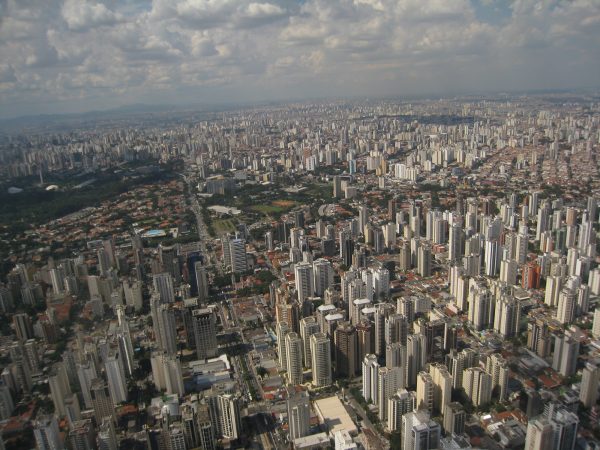
São Paulo. (Photo by AHLN/Flickr)
The Rundown
In 2014, São Paulo nearly ran out of water amid the region’s worst drought in recorded history. At the height of the crisis, the main reservoir for the city of 20 million dipped to 3 percent capacity and the city had less than 20 days’ water supply. Ultimately, extreme water restrictions, short-term technical fixes, and a little rainfall saved the city from a water catastrophe.
Today, taps run freely in the Western Hemisphere’s largest city, but experts warn that another water crisis is possible in São Paulo. Jerson Kelman, president of the city’s water supplier Sabesp, recently cautioned that ongoing Amazon deforestation could lead to severe water shortages. Pollution is also hampering the city’s water supply as illegal settlements encroach on urban reservoirs.
“It’s possible to improve by investing in forests and water treatment, but that’s not happening. So of course this [kind of drought] will happen again. The city is still growing. There is more deforestation. More people are living next to water sources. We have learned little or nothing from the crisis.” –Malu Ribeiro, a member of the conservation movement SOS Mata Atlantica, in reference to the likelihood of another water crisis in São Paulo. Conservationists are urging the government to consider sustainable measures, such as building forests and cleaning waterways, in addition to updating water infrastructure.
By The Numbers
12-16 percent Proportion of the world’s freshwater that is in Brazil. The majority of this water is in the Amazon river or northern rainforests, making it difficult for São Paulo to access without proper infrastructure.
34 Number of measures enacted by Sabesp to ease the city’s 2014-15 water crisis, including improved pumping capacity and adding new rivers to the water supply.
80 percent Proportion of Sabesp customers who received a financial reward for reducing water use during the peak of the 2014-15 drought. The financial incentive was a key part of cutting urban water usage.
9 million Number of São Paulo residents serviced by the Cantareira reservoir system. The city’s central reservoirs, Billings and Guarapiranga, are too polluted for use.
$925 million Cost of three water pumping projects being constructed by Sabesp. The projects will provide enough back-up water to survive a drought similar to the 2014-2015 dry spell.
31 percent Amount of water that São Paulo loses to leaks and theft.
On The Radar
Sabesp president Jerson Kelman played a major role in helping São Paulo avert water disaster three years ago. He says he learned four lessons from the crisis, including the importance of good supply-side engineering, managing demand through price mechanisms, and government transparency during water shortages. Perhaps most importantly, Kelman emphasizes that past climate data may not be a reliable guide for future conditions. During São Paulo’s unprecedented 2014-2015 drought, total rainfall was 50 percent below the previous driest year on record.
The city is taking steps to avert future water crisis, including three mega-projects intended to improve storage capacity. Many residents continue to conserve water, with consumption today still 10 percent below pre-crisis levels. On the other hand, some have criticized São Paulo for its inefficient use of water sources, recommending that the city tap more groundwater instead of focusing largely on above-ground reservoirs. And, of course, the problem of deforestation remains. As swathes of land are cleared for farms and hydropower, São Paulo may be jeopardizing its future water supply.
Resources And Further Reading
In context:
Sao Paulo Drought Perception Impedes Government Action
Sao Paulo Faces Severe Water Shortage
Sao Paulo’s Water Waiting Game Avoided Rationing But Produced Huge Risk of Severe Shortage
A Megacity Without Water: São Paulo’s Drought (TIME)
Drought ends in Brazil’s Sao Paulo but future still uncertain (Reuters)
On ‘Day Zero,’ Cape Town will run out of water. It’s not the only city at risk. (The Washington Post)
The 11 cities most likely to run out of drinking water – like Cape Town (BBC)
The Amazon effect: how deforestation is starving São Paulo of water (The Guardian)
Kayla Ritter is a recent graduate of Michigan State University, where she studied International Relations and Teaching English to Speakers of Other Languages. She is currently based in Manton, Michigan. Kayla enjoys running, writing, and traveling. Contact Kayla Ritter

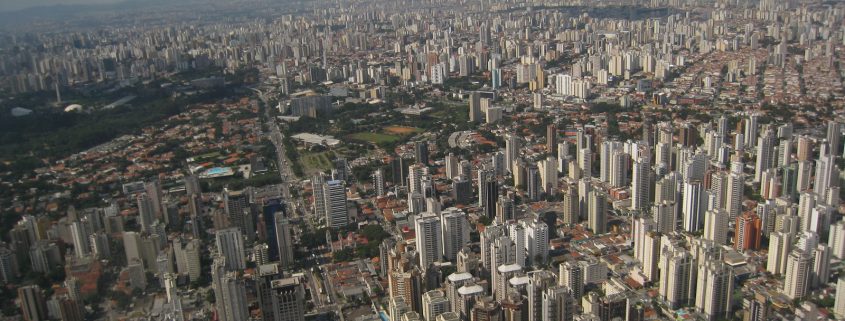

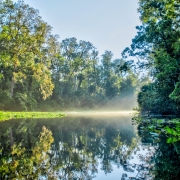
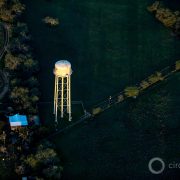

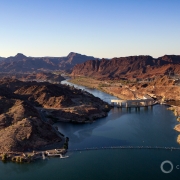
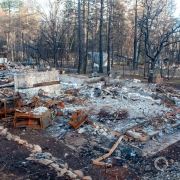
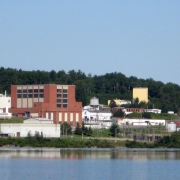


Trackbacks & Pingbacks
[…] de Desastres Naturales (FONDEN) y los bonos CAT que se emitieron en 2009. En Brasil, los incentivos financieros para que los consumidores redujeran el uso de agua le permitieron a una empresa de servicios […]
[…] de Desastres Naturales (FONDEN) y los bonos CAT que se emitieron en 2009. En Brasil, los incentivos financieros para que los consumidores redujeran el uso de agua le permitieron a una empresa de servicios […]
[…] de Desastres Naturales (FONDEN) y los bonos CAT que se emitieron en 2009. En Brasil, los incentivos financieros para que los consumidores redujeran el uso de agua le permitieron a una empresa de servicios […]
[…] useista sairaaloista. Jo ennen pandemiaa monissa Brasilian suurkaupungeissa, kuten São Paulossa, kamppailtiin veden puutteen keskellä. Nyt lähes puolella kansasta ei ole pääsyä hygienian […]
Leave a Reply
Want to join the discussion?Feel free to contribute!